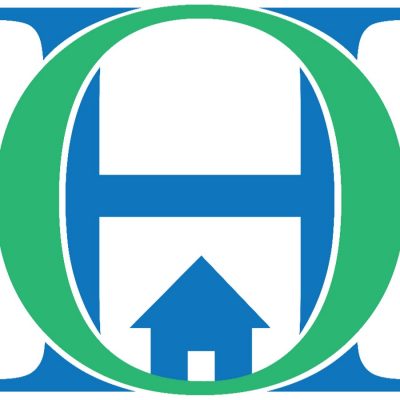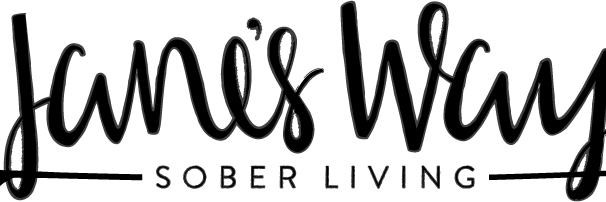
Sober Living Resident Levels
Sober living homes and other forms of therapeutic communities fall somewhere between levels 1 and 4 as defined by the National Alliance for Recovery Residences, where level 1 is the least regulated and provides the least intensive services. Sober living home services, rent, restrictions, and living conditions differ from one location to the next. Residents of certain homes are part of a behavioral health care system in which they live close to a rehab clinic, get outpatient therapy, and have access to the clinic’s recreational activities. Other houses are entirely controlled by residents, with no supervision.
Oxford Houses
Level I sober living homes are halfway houses like Oxford Houses. In the United States, they are the most popular form of sober living home. Residents run the homes, which stress peer support as an important part of rehabilitation.
Although there is no in-house therapy or compulsion to participate in a specific recovery program, Oxford Houses encourage 12-step involvement. To be accepted, a new house member must be interviewed by current residents and achieve an 80 percent approval vote. Every six months, residents elect officers, do duties, and pay rent. The entire rent is used to keep the house in good repair.
Halfway Houses
Although halfway houses and sober homes are both technically sober living settings, there are numerous distinctions between the two. Halfway houses are for persons moving out of jail, while sober homes are for those in recovery from addiction.
Fees support sober living houses, and residents can generally stay for as long as they like. Sober homes, unlike many halfway houses, are not regulated by the government.
The purpose of sober living houses is to use peer support to monitor and enhance health, safety, and wellness. Many halfway homes strive to minimize recidivism among convicts who are under supervision. Some halfway homes, on the other hand, are designed to minimize drug relapse rates among high-risk persons who have recently been released from prison.

Level 1 - Level 4 Recovery Residences
Level 1 recovery residences are similar to Oxford Houses, as mentioned above. They do not have outside leadership or oversight, but are instead self-governing.
Level 2 sober homes are similar to level 1 homes in that neither provide any kind of clinical services onsite. The difference between level 1 and level 2 sober homes is that level 2 sober homes are usually supervised and have more rules/restrictions for residents. For example, most level 2 sober living communities structly require residents to participate in some kind of recovery fellowship or treatment program.
Level 3 sober living communities are typically professionally managed and provide onsite clinical services. Many of these communities have therapists and counselors on staff who work with the residents.
Level 4 recovery residences are more like residential treatment centers than traditional sober living. Typically, all the residents participate in structured therapeutic activities and are expected to stay on property full time and abstain from work and other outside commitments.
How Sober Living Houses Work
Sober living residences operate in a variety of ways, depending on the degree of help offered. One of the major groups of sober living homes in the United States is the National Alliance for Recovery Residences. It came up with four degrees of support that may be applied to most sober living facilities. The majority of sober homes are still unregulated, but some are affiliated with bigger organizations like Oxford House, the Florida Association of Recovery Residences, or the New Jersey Alliance of Recovery Residences.
